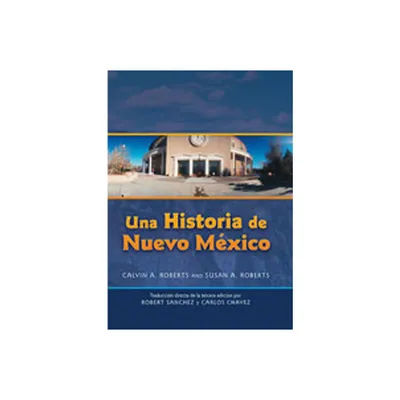Home
Pies descalzos 2: Una historia de Hiroshima / Barefoot Gen Volume 2: A Story of Hiroshima
Loading Inventory...
Barnes and Noble
Pies descalzos 2: Una historia de Hiroshima / Barefoot Gen Volume 2: A Story of Hiroshima
Current price: $24.95


Barnes and Noble
Pies descalzos 2: Una historia de Hiroshima / Barefoot Gen Volume 2: A Story of Hiroshima
Current price: $24.95
Loading Inventory...
Size: OS
*Product Information may vary - to confirm product availability, pricing, and additional information please contact Barnes and Noble
Dos años después de estallar la bomba atómica, Japón sigue en guerra y bajo la ocupación militar estadounidense…
Han pasado casi dos años desde que estalló la bomba atómica y Japón vive bajo la ocupación militar estadounidense. Mientras los soldados patrullan, en las calles de Hiroshima aún se pueden oír los gemidos de dolor y el llanto de los supervivientes. La ciudad está en ruinas y a muchos todavía les espera un largo camino de sufrimientos inimaginables. Gen, por su parte, ve que muchos de sus amigos han quedado huérfanos y que corren el peligro de caer en manos de la yakuza. Ya ha perdido a uno de ellos, a Bellota, y no permitirá que a Ryuta y a los demás les pase lo mismo…
ENGLISH DESCRIPTION
This compelling autobiography tells the life story of famed manga artist Nakazawa Keiji.
Born in Hiroshima in 1939, Nakazawa was six years old when on August 6, 1945, the United States dropped the atomic bomb. His gritty and stunning account of the horrific aftermath is powerfully told through the eyes of a child who lost most of his family and neighbors. In eminently readable and beautifully translated prose, the narrative continues through the brutally difficult years immediately after the war, his art apprenticeship in Tokyo, his pioneering "atomic-bomb" manga, and the creation of Barefoot Gen, the classic graphic novel based on Nakazawa's experiences before, during, and after the bomb. This first English-language translation of Nakazawa's autobiography includes twenty pages of excerpts from Barefoot Gen to give readers who don't know the manga a taste of its power and scope. A recent interview with the author brings his life up to the present. His trenchant hostility to Japanese imperialism, the emperor and the emperor system, and U.S. policy adds important nuance to the debate over Hiroshima. Despite the grimness of his early life, Nakazawa never succumbs to pessimism or defeatism. His trademark optimism and activism shine through in this inspirational work.
Han pasado casi dos años desde que estalló la bomba atómica y Japón vive bajo la ocupación militar estadounidense. Mientras los soldados patrullan, en las calles de Hiroshima aún se pueden oír los gemidos de dolor y el llanto de los supervivientes. La ciudad está en ruinas y a muchos todavía les espera un largo camino de sufrimientos inimaginables. Gen, por su parte, ve que muchos de sus amigos han quedado huérfanos y que corren el peligro de caer en manos de la yakuza. Ya ha perdido a uno de ellos, a Bellota, y no permitirá que a Ryuta y a los demás les pase lo mismo…
ENGLISH DESCRIPTION
This compelling autobiography tells the life story of famed manga artist Nakazawa Keiji.
Born in Hiroshima in 1939, Nakazawa was six years old when on August 6, 1945, the United States dropped the atomic bomb. His gritty and stunning account of the horrific aftermath is powerfully told through the eyes of a child who lost most of his family and neighbors. In eminently readable and beautifully translated prose, the narrative continues through the brutally difficult years immediately after the war, his art apprenticeship in Tokyo, his pioneering "atomic-bomb" manga, and the creation of Barefoot Gen, the classic graphic novel based on Nakazawa's experiences before, during, and after the bomb. This first English-language translation of Nakazawa's autobiography includes twenty pages of excerpts from Barefoot Gen to give readers who don't know the manga a taste of its power and scope. A recent interview with the author brings his life up to the present. His trenchant hostility to Japanese imperialism, the emperor and the emperor system, and U.S. policy adds important nuance to the debate over Hiroshima. Despite the grimness of his early life, Nakazawa never succumbs to pessimism or defeatism. His trademark optimism and activism shine through in this inspirational work.


















